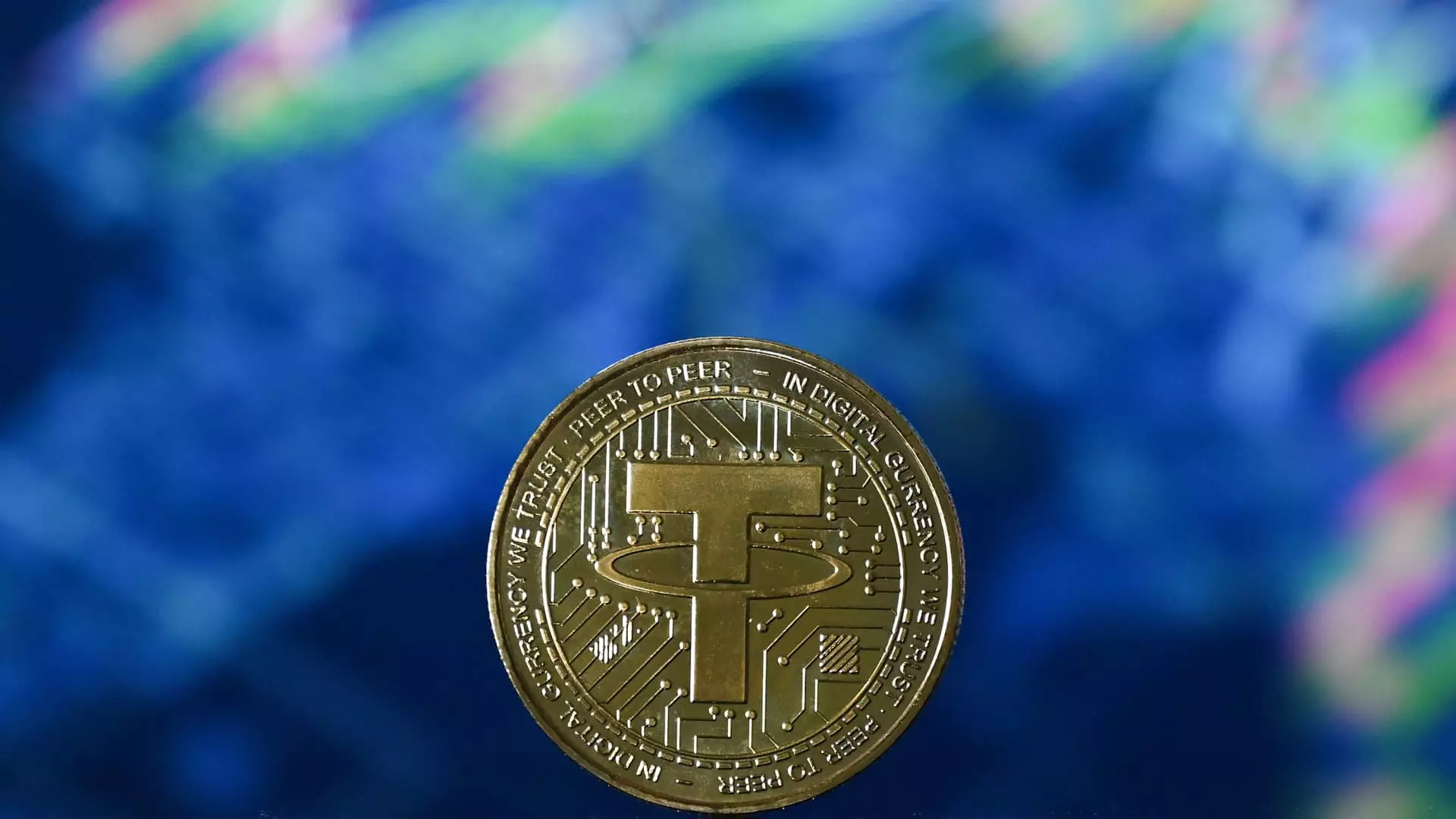Recently, the U.S. Securities and Exchange Commission (SEC) clarified its stance on stablecoins, a cornerstone of the cryptocurrency ecosystem. In a statement that has sent ripples through financial sectors, the SEC assured that certain stablecoins, defined as “covered stablecoins,” are not classified as securities. This clarification delineates a financial product that is pegged to the U.S. dollar at a one-to-one ratio and is supported by low-risk assets held in reserve. In a volatile marketplace where apprehensions about regulatory oversight loom large, this move should be viewed as a liberating signal for both users and issuers of cryptocurrencies.
Stablecoins have significantly transformed the way transactions are executed in decentralized finance (DeFi). Their growth isn’t just a trend; it signifies a fundamental shift towards practical application within modern finance. The SEC’s recognition of covered stablecoins as non-securities allows for their adoption to flourish without the immediate burden of extensive regulatory scrutiny. But before we celebrate, let’s dive deeper into what this really means for investors, corporations, and the crypto marketplace at large.
The Dichotomy of Covered vs. Yield-Bearing Stablecoins
The SEC’s guidelines indeed draw a clear line between covered stablecoins and yield-bearing stablecoins. While the former is treated with a more lenient framework, the latter falls under the stern umbrella of securities law. This distinction raises eyebrows, particularly for crypto advocates like Coinbase CEO Brian Armstrong, who is advocating for changes that would allow consumers to earn interest on these instruments. The existing restriction on interest payments could potentially stifle innovation, as it confines the allure of stablecoins to a transactional basis.
The implications of this division extend beyond mere semantics. With the financial ecosystem rapidly evolving, a failure to adapt could hinder competitive dynamics in a realm where yield-bearing stablecoins are gaining ground — currently valued at over $13 billion. This kind of regulatory rigidity could inadvertently see the U.S. lagging behind in an arena where it should be leading the charge.
Political Dynamics and Hopeful Legislation
It is inherently ironic that the crypto space, often described as a rebellion against traditional banking systems, now finds itself course-correcting under the watchful eyes of lawmakers. The prospect of legislative finality surrounding stablecoins has taken shape with competing bills like the Stablecoin Transparency and Accountability for a Better Ledger Economy Act (STABLE) and the Guiding and Establishing National Innovation for U.S. Stablecoins Act (GENIUS).
The political machinery is turning, but the real question is whether these legislators will act with the urgency that the rapidly evolving crypto landscape demands. President Trump’s hope that stablecoin legislation would reach his desk before recess speaks volumes about the rising political gravitas of stablecoin discussions.
Yet skepticism lingers—can the legislative wheels turn fast enough? Stakeholders from crypto companies to casual users should be gravely concerned. As crypto legislation looms, stagnation could lead to uncertainty that discourages investment and innovation.
Challenges and Opportunities for Market Participants
As the SEC’s recent proclamation positions stablecoins as the ‘next killer app’ for crypto, it’s essential to consider how this affects various market participants— from institutions seeking to diversify cash reserves to individual users craving stability in an otherwise fluctuating market.
With fintech giants like Circle waiting to go public, there is palpable tension between optimistic growth forecasts and the sobering realities of regulatory implications. As traditional investors begin to harbor an interest in stablecoins and DeFi innovations, it will be fascinating to observe whether regulators will coalesce around a more streamlined approach that nurtures innovation while safeguarding consumer interests.
Tether and USD Coin currently dominate the market, yet as demand swells, more players are likely to emerge. The challenge lies in maintaining the integrity and trustworthiness of these offerings. Jurisdictions that engage with these innovations responsibly could soon create a favorable climate for investment—a win not only for consumers but for the economy at large.
While the SEC’s clarification is a crucial step towards legitimacy for stablecoins, the dialogue surrounding cryptocurrencies is far from over. The intersection between law and innovation will continue to be a battleground, and it is one that deserves our closest attention. Investors, corporations, and lawmakers must all navigate these nuances carefully to harness the full potential of stablecoins—because the stakes have never been higher.

Leave a Reply